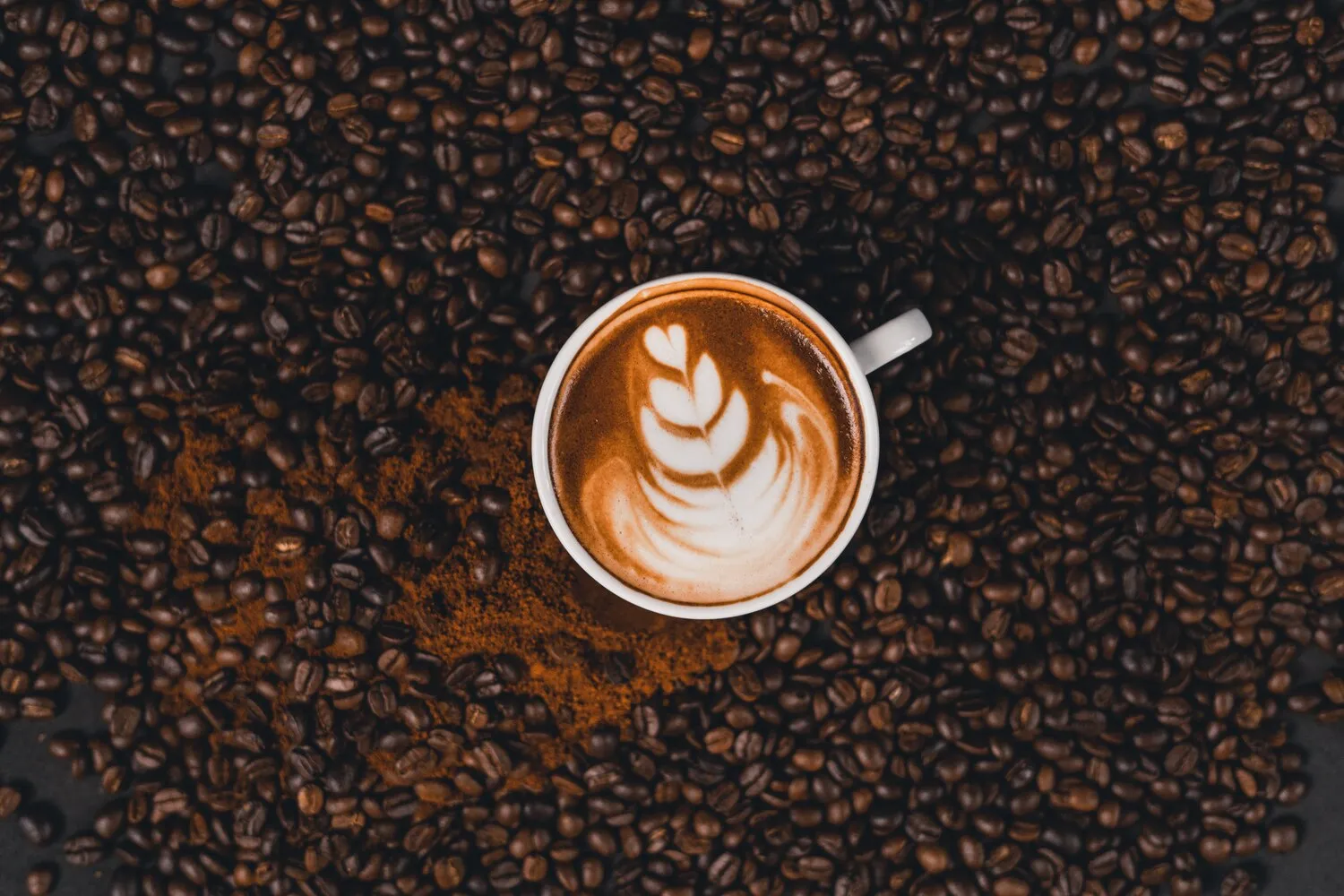
Beers
A wide selection of beers, including local and international varieties.
Nutrition Facts
* The % Daily Value (DV) tells you how much a nutrient in a serving of food contributes to a daily diet. 2,000 calories a day is used for general nutrition advice.
The history of beer is intertwined with the history of civilization itself, dating back to ancient Mesopotamia and Egypt. Brewing techniques and ingredients evolved over millennia, spreading across the globe and resulting in a diverse range of styles and traditions.
Beer plays a significant cultural role in many societies, serving as a social lubricant, a celebratory beverage, and a symbol of national pride. Different cultures have developed unique beer styles and traditions, influencing the way beer is brewed, consumed, and appreciated.
Social Gatherings
Beer is often consumed in social settings, such as pubs, bars, and festivals, where people gather to socialize and enjoy each other's company.
Regional Specialities
Many regions and countries have developed unique beer styles that reflect their local ingredients and brewing traditions. Examples include German lagers, Belgian ales, and Irish stouts.
Celebrations and Traditions
Beer is often associated with celebrations and traditions, such as Oktoberfest in Germany, St. Patrick's Day in Ireland, and various local beer festivals around the world.
Beer flavors are incredibly diverse, ranging from light and refreshing to rich and complex, influenced by ingredients like barley, hops, yeast, and adjuncts.
The dominant flavors in beer are primarily derived from the malt, hops, yeast, and water used in the brewing process. Malt contributes sweetness, body, and flavors ranging from biscuity and grainy to caramel and roasty. Hops provide bitterness, aroma, and flavors like citrus, floral, pine, and spice. Yeast contributes fruity, spicy, or funky flavors depending on the strain. Water composition impacts the overall mouthfeel and flavor profile of the beer. Adjuncts such as fruits, spices, or other grains can further influence the flavor.
Serving Temperature
Different beer styles are best served at different temperatures. Lighter beers are generally served colder, while darker, more complex beers are best served at slightly warmer temperatures to allow their flavors to fully develop.
Glassware
The type of glass used can impact the aroma and flavor of beer. Different beer styles are often paired with specific glass shapes designed to enhance their characteristics.
Tasting Technique
When tasting beer, pay attention to its appearance, aroma, flavor, mouthfeel, and finish. Take small sips and swirl the beer in your mouth to fully experience its flavors.
Explore additional Drinks dishes and restaurants
Explore DrinksDiscover top dining spots and culinary experiences in Leuven.
Explore LeuvenLearn more about the food culture, restaurant scene, and culinary heritage of Belgium.
Explore Belgium